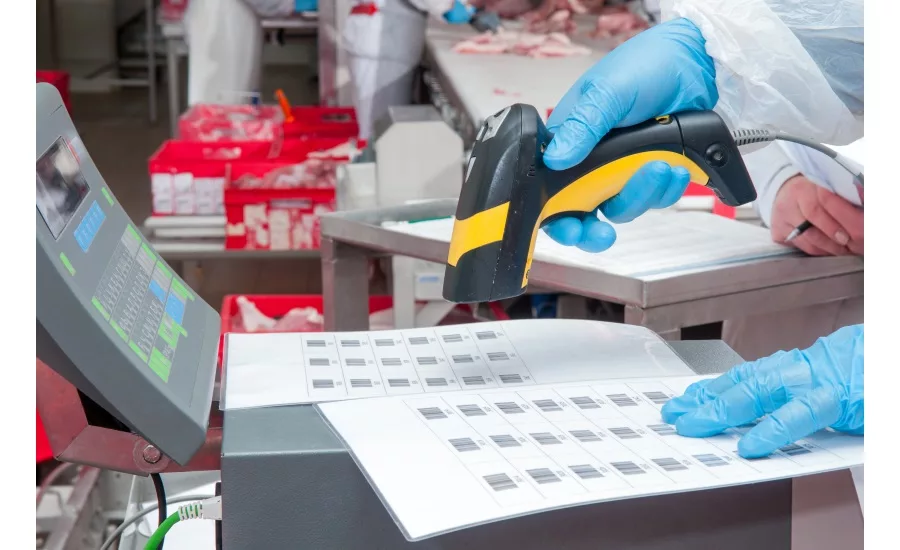Preventing a recall: It starts with the label



Food labeling—whether it’s for allergens or simple nutritional information—is one of the most critical, but overlooked, steps in food and beverage manufacturing and retail. It’s not just about ensuring compliance with guidelines and legislation – or even avoiding costly recalls. It’s about ensuring the safety of consumers, as one small mistake can cause illness, or worse, lead to death.
To mitigate food health risks to Americans, Congress passed the Food Allergen Labeling and Consumer Protection Act of 2004 (FALCPA). The law applies to all domestic and imported foods whose labeling is regulated by the Food and Drug Administration (FDA) and requires clear labels for what common allergens are “contained” in food items. But this regulation is just the tip of the iceberg in terms of what the government and independent companies can and should do to ensure the safety of consumers.
Indeed, the Food Industry Counsel states that mislabeled products were a key cause of product recall by the FDA in 2017, and 2018 saw its share of allergen mislabeling incidents, such as a massive recall from Wish-Bone, who had to send back over 7,000 cases of dressing because they did not inform consumers their product had milk and eggs in it. What started as a small slip-up quickly became a very serious concern.
While keeping consumers safe is a top priority, is enough being done to ensure businesses are following the guidelines, and are these guidelines comprehensive enough? Yes, the FDA has specific guidelines around how food is labeled. But there is a difference between pre-packaged food, which needs clear labels listing ingredients and allergens on the packaging, and ‘loose’ foods (such as items wrapped on-site, including sandwiches and bakery items) where allergen warnings need to be displayed on the shelf-edge or conveyed verbally to consumers.
Times are changing. There is renewed focus on tightening the law on allergens labeling in the US and abroad. Nutritional labeling is being overhauled with new nutritional facts guidelines by the FDA, and by 2020 (or 2021 depending on business size) the labels will look completely different, aiming to make information clearer to consumers and include new declarations and vitamin requirements to lower the risk of chronic diseases.
Now companies need to be able to not only comply with current legislation but be agile enough to deal with future changes. And the challenge for many retailers lies in ensuring the accuracy of the labeling while balancing cost and customer safety. This is especially true for small businesses as well as those part of a nationwide network. The linchpin in all of this is the labeling process and the technology used to support it. From the design and quality assurance of labels, to printing, the process can be fraught with issues.
The key ingredient for labeling is that the actual allergens, such as wheat, egg, nuts and soy, must be easy to see on the label. This often takes the form of underlining the particular ingredients, putting them in bold or using different colors. The process of designing such labels can be complex — especially if they need to be accessed and printed by different users across a store or franchise network.
Looking for quick answers on food safety topics?
Try Ask FSM, our new smart AI search tool.
Ask FSM →
Many label design systems fall into the remit of IT, which means limited people have access to the systems and businesses may lack the ability to design or make changes to labels quickly. In addition, the quality assurance process is critical, but can add a roadblock to getting labels to end users quickly and effectively. A label management system can make it easier for any user with the right access and permissions to design labels and make changes to existing labels — speeding up time to market and ensuring the process is as streamlined as possible. This is especially important for food and beverage retailers with multiple stores stretched across the county.
Label management systems can also include the functionality to digitize the quality assurance process, which makes the design and printing process that much quicker. It also makes the process more accurate, less prone to errors and removes the risk of printing incorrect information, vital in the food and beverage market. Alongside this digitization is audit trail functionality to demonstrate who made which changes and to what labels – again, a critical part in ensuring traceability, security and compliance.
A label management system also makes the change process easier; for the most part labels can be managed from a central location (like head office) amended according to requirements, and then accessed by staff in stores across the country. In this way, they are assured that the labels they are printing and using are based on the latest, most accurate information, again a critical factor for food and allergens labeling.
Going forward, businesses will continue to face the usual challenges around increased competition, meeting regulations and retaining customers. When it comes to labeling, however, the stakes are even higher. Food and beverage companies need to be agile enough to adapt to changes in the market and have the most effective processes in place to ensure labels are accurate, available and compliant. Whether that means implementing an on-premise label management system or turning to the cloud for help, the outcome is the same: better labeling and better safety for consumers.







